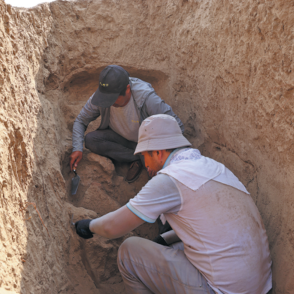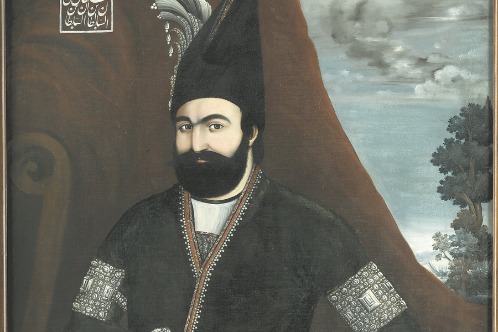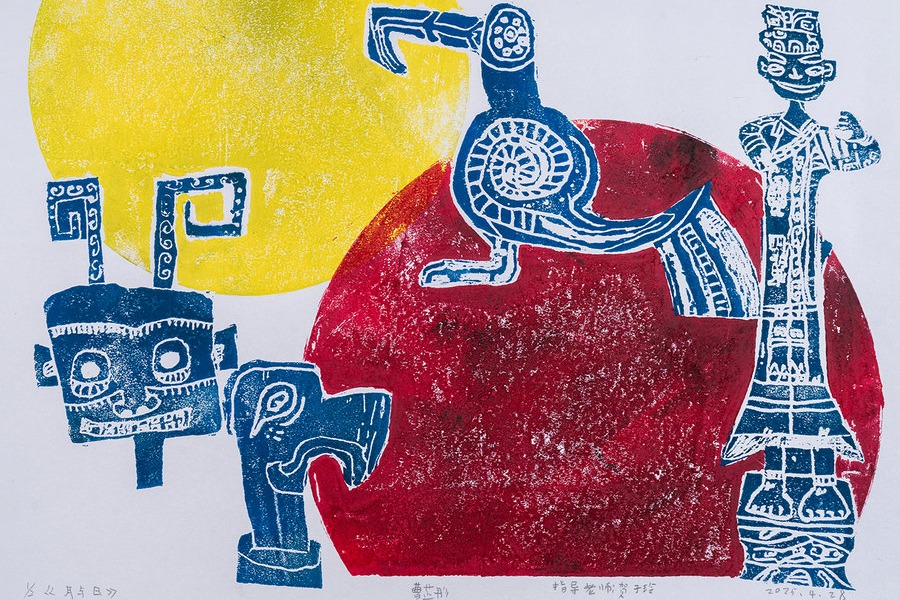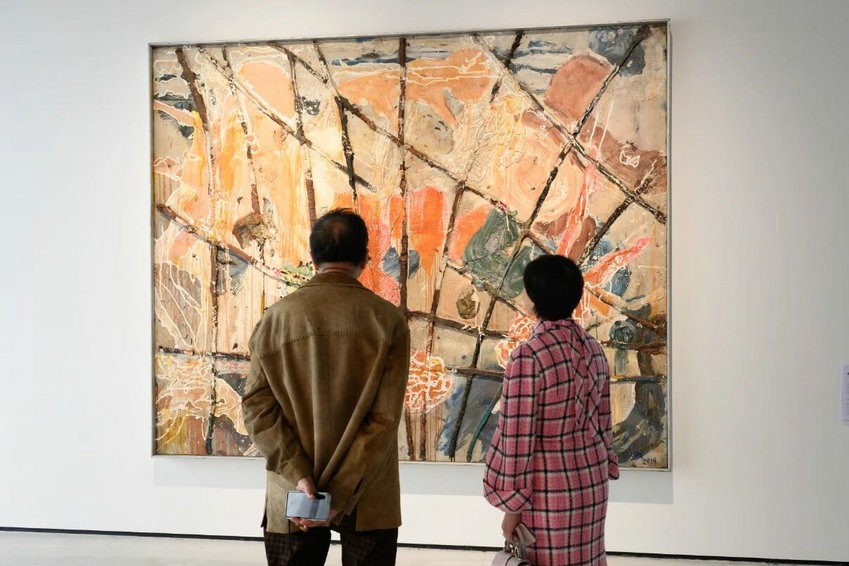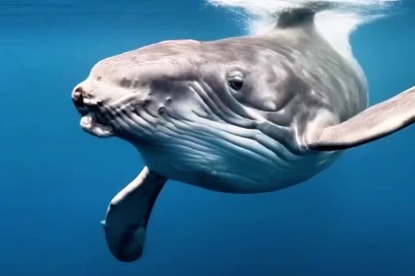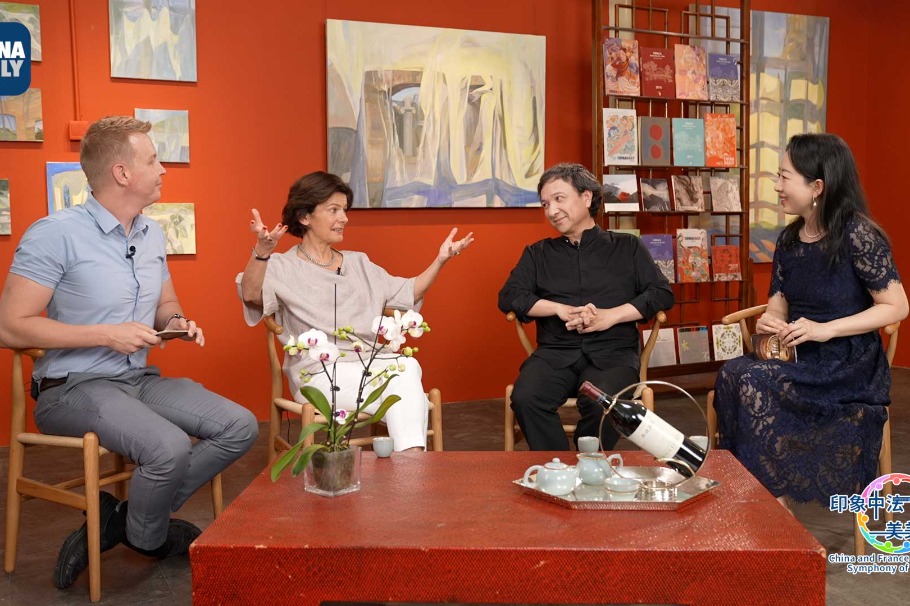Unearthing the secrets of a Central Asian crossroads
China-Uzbekistan joint excavations at ancient burial site point to the influences present in the Fergana Valley, Wang Ru reports.

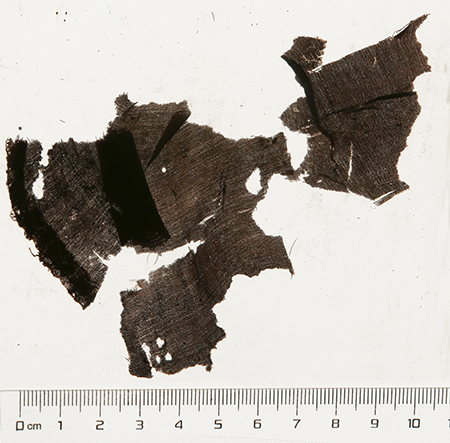
Based on Munchaktepa's location and date, as well as Chinese records, archaeologists believe the inhabitants of the tombs might be related to the Hephthalitai, nomads who migrated to Central Asia at the end of the fourth century, but further research is required to confirm this hypothesis.
According to Aisa, the team closely cooperated with Uzbekistani scholars. "They did a lot for us, and even offered us more than what we needed," he says.
One example is that the Chinese team needed a space at their partner institute, the Academy of Sciences of the Republic of Uzbekistan, to organize and study the artifacts unearthed. When they arrived in Tashkent, local scholars had arranged a large office and bought desks, chairs and shelves, which the team had been prepared to buy for themselves. Consequently, they were touched by their colleagues' consideration.
Aisa says that Uzbek researchers use textbooks translated from Russian, which are themselves translations of Chinese texts from the 3rd century BC to the 10th century, a period spanning the Han Dynasty to the Tang Dynasty (618-907), to study that period of time. Unfortunately, the process of multiple translations introduced some misunderstandings of the original Chinese texts, which Aisa says he and his colleagues were able to help correct.
"They had access to Sogdian and Arabic literature from the 4th to 8th centuries, but before that, Chinese documents played a major role in recording local events. Our participation helped correct many misunderstandings in the translations of the Chinese records," he says.


